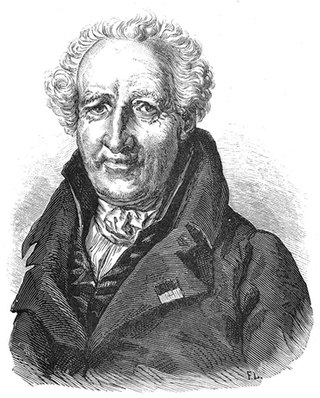
Antoine Laurent de Jussieu was a French botanist, notable as the first to publish a natural classification of flowering plants; much of his system remains in use today. His classification was based on an extended unpublished work by his uncle, the botanist Bernard de Jussieu.

The black-headed lapwing or black-headed plover is a large lapwing, a group of largish waders in the family Charadriidae. It is a resident breeder across sub-Saharan Africa from Senegal to Ethiopia, although it has seasonal movements. It lays two or three eggs on a ground scrape.
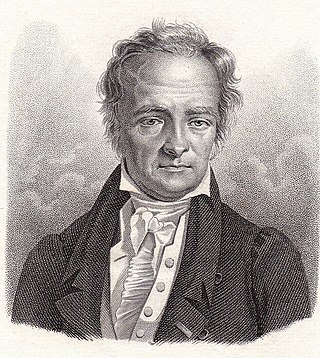
Louis Augustin Guillaume Bosc was a French botanist, invertebrate zoologist, and entomologist.

Frédéric Jules Sichel was a German-born, French physician and entomologist.

Jean-Michel Moreau, also called Moreau le Jeune, was a French draughtsman, illustrator and engraver.
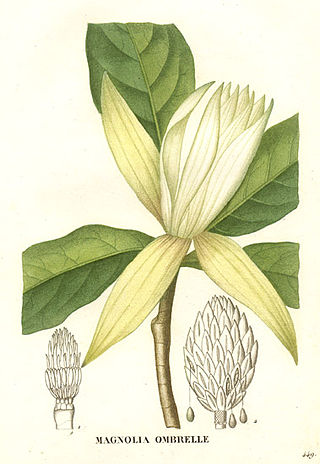
Jean Henri Jaume Saint-Hilaire was a French naturalist and artist, born in Grasse, France.

René-Antoine Houasse was a decorative French painter.

Antoine Laurent Apollinaire Fée was a French botanist who was born in Ardentes, 7 November 1789, and died in Paris on 21 May 1874. He was the author of works on botany and mycology, practical and historical pharmacology, Darwinism, and his experiences in several regions of Europe.
Sébastien Gérardin was a French naturalist.
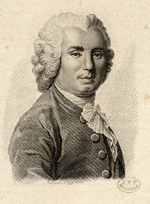
Théophile de Bordeu was a French physician.

The Friends of the Natural History Museum is a French non-profit organisation, created in 1907 and recognized as a charity in 1926. Its purpose is to give practical and financial support to the Muséum national d’Histoire naturelle in Paris, France, enrich its collections, zoo, laboratories, greenhouses, gardens and libraries, and to promote scientific research and education related to it.

Nicolas Huet the Younger, aka Nicolas Huet II or as Nicolas Huet le Jeune, was a French natural history illustrator, active 1788–1827.

Jean-Baptiste François Rozier was a French botanist and agronomist.
Jean-Gabriel Prêtre was a Swiss-French natural history painter who illustrated birds, mammals and reptiles in a large number of books. Several species of animal were named after him.
Joseph de La Porte, was an 18th-century French priest, literary critic, poet and playwright.
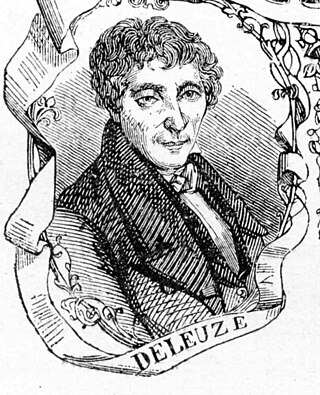
Joseph-Philippe-François Deleuze was an 18th–19th-century French naturalist.

Sander Rang or Paul Charles Leonard Alexander Rang was a French conchologist and interpreter of Arabic texts. He was, in 1816, one of the survivors of the sinking of the frigate Medusa, on which he was an ensign. He spent a good part of his life in La Rochelle, where he published his early zoological observations, in particular in the bulletins of the Society of Natural Sciences of Charente-Maritimes.In 1841 Rang was one of the founding members of the Société des Amis des Arts now the Musée des Beaux-Arts de La Rochelle.He specialised in marine fauna notably in sea hares, cephalopods and other molluscs and on the heterogenous group known as zoophytes. Sander Rang described many new mollusc species including the sea hares Aplysia dactylomela, Dolabrifera dolabrifera, the cuttlefish Sepia hierredda and the land snails Striosubulina striatella, Pleurodonte desidens and Opeas hannense.
Sophie de Renneville or Madame de Renneville, was the pen name of Sophie de Senneterre, who was born in Senneterre, Caen, France in 1772 and died in Paris in 1822 at 50. She was a writer, editor and journalist.
Antoine Constant Saucerotte was a French physician known in the 19th century for his popularisation work.

Estelle de Barescut was a French painter and lithographer. She exhibited her lithographs at the Salon de Paris in 1834 and 1835, and her paintings from 1842 to 1851.















